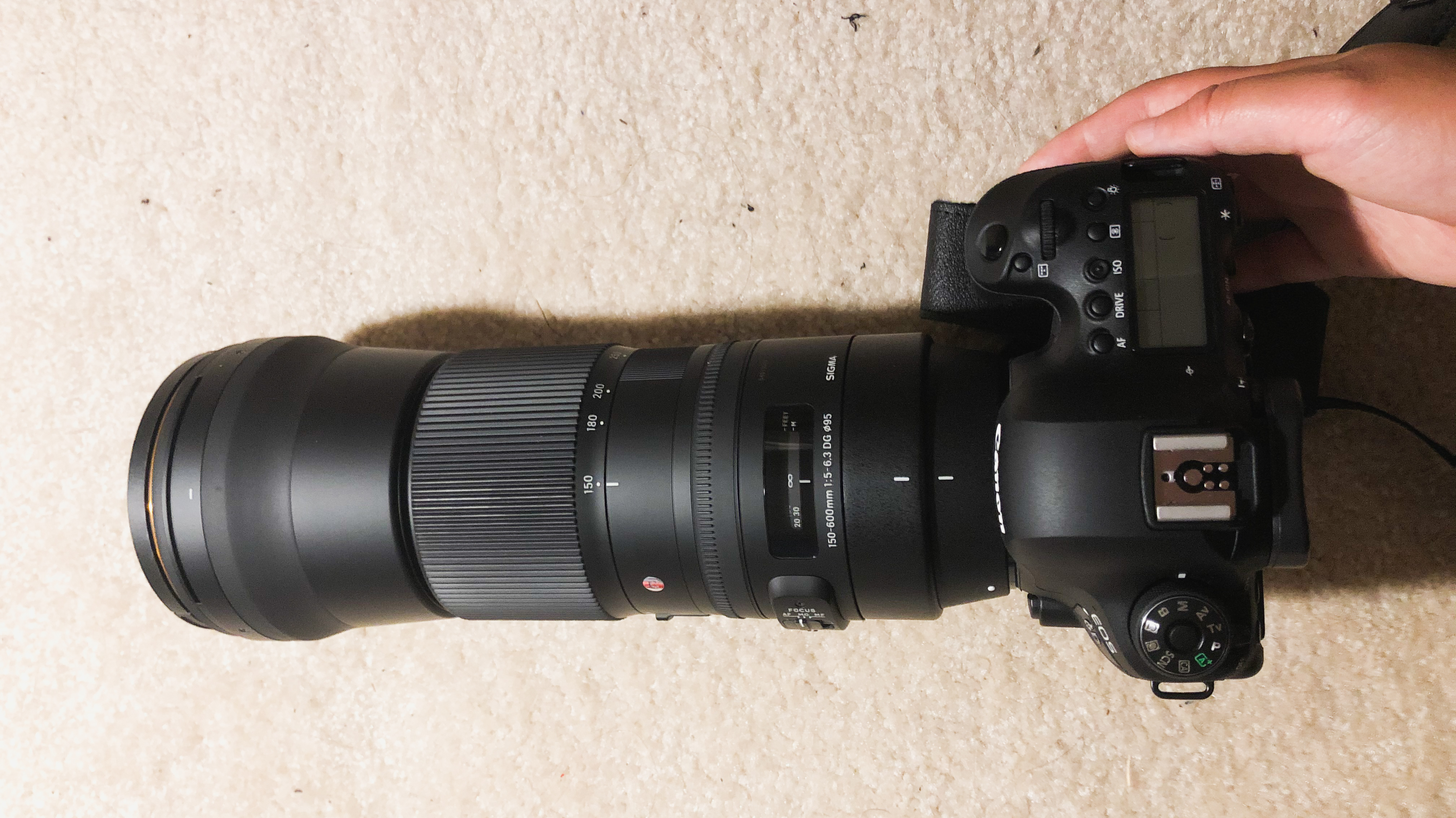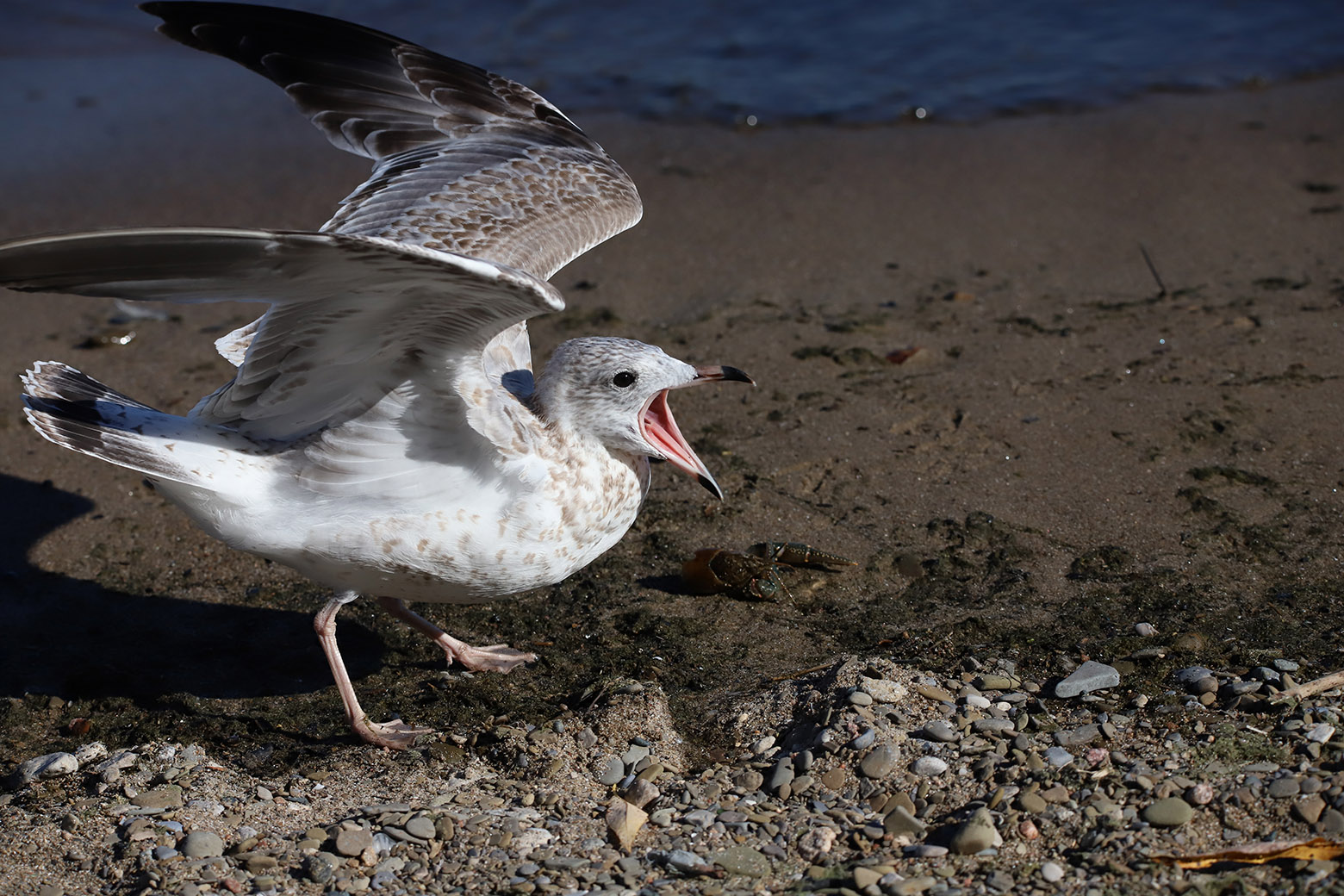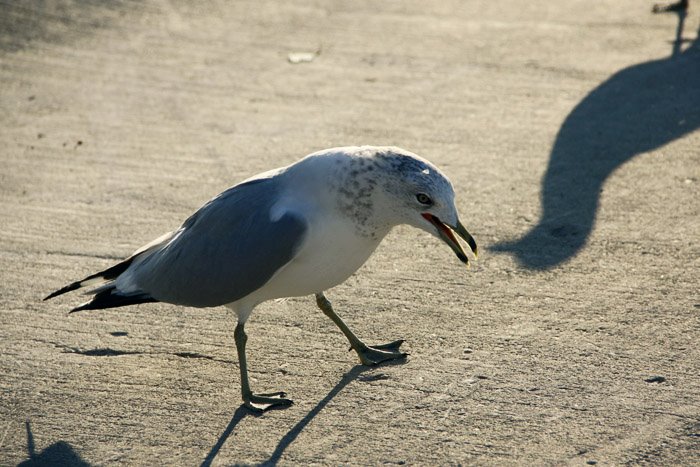DSLR adventures

Recently I went through a huge upgrade for my DSLR gears. I went from a Canon T3i (bought in 2012) to a Canon 6D mk ii for my camera, and a 55-250mm (From the 2000s??) lens to a Sigma 150-600mm lens. Since the pandemic, I've been using my DSLR a lot more to photograph birds in the suburbs. I didn't set out to get into bird photography, it sort of just happened naturally. I'm still pretty happy with what my old gears can provide me under more ideal circumstances (good light, close to the subject). However, as I started editing my photos, there's a bit of lamentation over a lot of the smaller, rarer birds, that my camera just couldn't quite capture well enough. Other factors like seeing bird photography youtube channels and knowing that I'll probably be working from home (therefore have the flexibility of being in the suburbs) for a while pushed me down this path of upgrading.
It started with a simple search of "best birding lens" and "best canon DSLR 2020". There's a long list of results for both, but these initial constraints really helped me shortlist my options:
- I have other canon gears, so it makes sense to me to stick with Canon
- I'm a hobbyist and don't want/need the top tier gear
This automatically eliminates anything that's not compatible with Canon cameras, and gives me a budget to work with.
At first I was just looking to buy a lens, not a new camera as well. There were several lenses that came up a lot in my search:
I didn't really consider any of the telephoto prime lenses because I find that a bit too restrictive and specialized. The Canon 100-400mm had a lot of amazing reviews in terms of image quality, which is expected for a native Canon lens. The price is pretty hard to swallow. As well, I wasn't sure if 400mm would quite be enough of a distance upgrade. This left me with the 3 third-party lenses. I quickly learned that Tamron's zoom is backwards to Canon's (e.g., you turn right to zoom in instead of left). This was a big factor for me since I don't like having think about turning the zoom the right way when I switch between my Canon lenses and this one. Upon reading some Tamron vs Sigma reviews, there isn't really a clear winner between the two. This left me with the two Sigma 150-600mm lenses. The sports version was pretty much twice the price and way heavier (can't be hand held even by pros, and I'm already a weakling!!!), so the Sigma 150-600mm contemporary was a lot more suitable for me. Oh ya, I used pixelpeeper to help me determine the expected image quality of different lenses.
One of the concerns I had about the Sigma 150-600mm was that even on the shorter end, 150mm is still a pretty close zoom. I looked at what 150mm is like with my old gears (my Canon T3i has a crop sensor) and it's a bit too zoomed in for my liking. This is when I started thinking about getting a new full-frame camera. A full frame camera would give me a bit more room at 150mm than my T3i. On top of that, full frame cameras would generally provide more dynamic range, better performance at lower lighting, and allow me to "upgrade" my other full-frame compatible lens to is full capacity. While there's a lot of recommendations for using a crop sensor camera for wildlife due to it providing an extra zoom, I thought that the flexibility of the full frame was more suitable for my needs. After all, I don't intent for my gears to be JUST for bird photography.
With the above in mind, deciding on a camera was pretty easy. I didn't really consider a mirrorless camera since the lenses I intend to use are pretty bulky, so the compactness of mirrorless cameras is not super meaningful for me. The far more superior battery life of DSLRs over mirrorless is more important to me. Then there's also just the fact that I'm more use to using the optical viewfinder of DSLRs. The Canon 6D mk ii is the entry point for Canon full frame cameras. As a hobbyist, that is enough for me. If 10 some years down the line I've learned to push the 6D mk ii to its limits, I can always consider upgrading then.
I've gotten some decent shots w/ my new gears but am still getting used to the learning curve. I really need to build muscles for carrying the 150-600mm lens around! Hopefully by the time it's birding season 2021, I'll be able to capture another round of South Ontario birds but at much better quality! I also still have my old gears around for times when I don't feel like carrying something heavy. The old gears are still quite good for backyard birding too.


I'll end this post with some of my favorite photographers. Some I've been following for years, some I newly discovered.
- Kristina Timon / Hobopeeba: She does a bit of everything. I love the way she processes colors. She's very well-rounded with nature, people, and architecture photography. My favs of hers are always the nature and animal ones.
- Chopsticks on the loose: Mostly travel landscape photography. I love the compositions of their photos.
- Elena Shumilovak: Very ethereal photos mostly of farm life. Her lighting and the softness of her photos give them such a magical feel.
- Liam Wong: Neo noir style urban photography. I love the way he does colors, making every photo look like a scene from a sci-fi film.
- Edward burtynsky: Industrial landscape photography. He captures a lot of rare sights and I like the way he composes his shots.
- Mark Smith: Bird photography (but more broad on his website). I only recently discovered him by searching for info around sandhill cranes. I love the way he captures bird in action, and his storytelling in his videos are so captivating!! This is the first video of his that I saw. I will never forget it!!
Music recommendation: Hiroyuki Sawano - Eye Water [tears]. I've been listening to a lot of Attack on Titan music these days, especially since I've been kinda sucked in in anticipation for the series finale. What a beautifully written story.